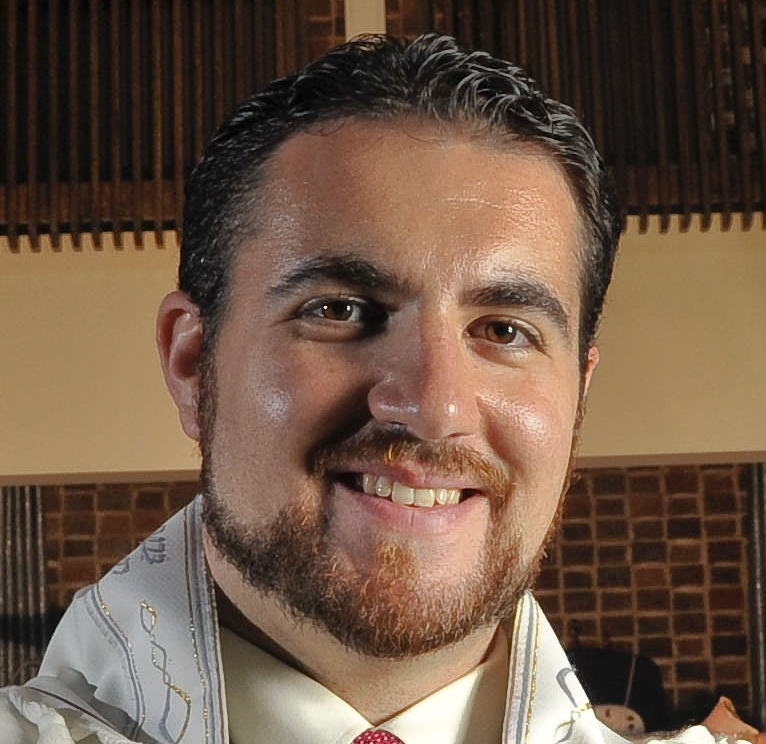This year, I’ve found myself obsessing over the Passover Seder plate. I don’t usually do that, I promise! I like it, don’t get me wrong, I just don’t dwell on it all that much. But this year, I have been reading a fair amount of sources on new symbols that can be added to (or removed from) the Seder plate, and I’m intrigued. We’re not just talking oranges or olives here, but tomatoes, chocolate, plantains, artichokes, bricks (!), potatoes, beets, and more! Basically, there isn’t a social cause or political issue that cannot be represented on our Pesach tables. We might ask ourselves, why is the Seder plate THE place to voice our values, and what of all the traditional symbols that might get lost in the shuffle?
Of all the holidays we celebrate throughout the year, Passover is perhaps the one most central to our Jewish identity. The story of redemption from slavery and wandering in the desert formed us as a nation, solidifying our bond with God and giving us the commandments that are the building blocks of our society. The justification for nearly EVERY mitzvah in the Torah is, “… because I (God) freed you from slavery in Egypt.” So if Passover symbolizes us, we want it also to mirror our lives – and our values – in every new generation. Putting our cares and concerns on the Seder plate is our way of saying “Hineini,” “Here I am.”
It is, however, a bit of a balancing act, because we give voice to our current struggles while also remembering our ancient ones. On this Shabbat, Parashat Tzav, right before Pesach begins, our whole Torah portion revolves around the ancient laws of sacrifice. Ritual offerings were the central means by which our ancestors spoke to God; it was EVERYTHING to them! But even by the time of the rabbis, it was gone. On Passover, the entire institution of sacrifice – which dominated Biblical worship practices – is reduced to a meager, little bone, which remains uneaten on our Seder plate. And yet, we still talk about it! We cannot move on to new values without paying homage to our old ones. We bring our history with us, even as we shift our gaze to new causes and outcries in society today.
But how to sort through all the new “stuff” on the plate?? Which new symbols should you and I incorporate into our ritual practices at this year’s Seder? As you head into Pesach, I encourage you to pick something different, something unfamiliar, to put on your table. If nothing else, it might get your regular attendees to exclaim, “Why is this night different from all other nights?!?” And THAT is certainly a goal, no? The Seder should be intentional, deliberate, and infused with meaning. If it gets rote and stale, we become complacent. So mix it up, throw a banana in there, and see what happens! The ancient sacrifices should still retain a place of honor and discussion, but Passover needs to represent us, right here in 2017. Because it isn’t just the story of our Biblical ancestors, or even our rabbinic forbears; we are part of this story as well. Our voice should be added to all that came before… and all those that will express themselves in generations yet to come.
Rabbi Jeremy Gerber is the rabbi of Congregation Ohev Shalom in Wallingford, PA, where he has served since 2009. He is an active member of the Interfaith Council of Southern Delaware County, as well as a founding member of FUSE; an interfaith networking group confronting racism, discrimination, and socio-economic challenges in Delaware County.
Want to receive Torah from T’ruah in your inbox every week? Sign up here!


